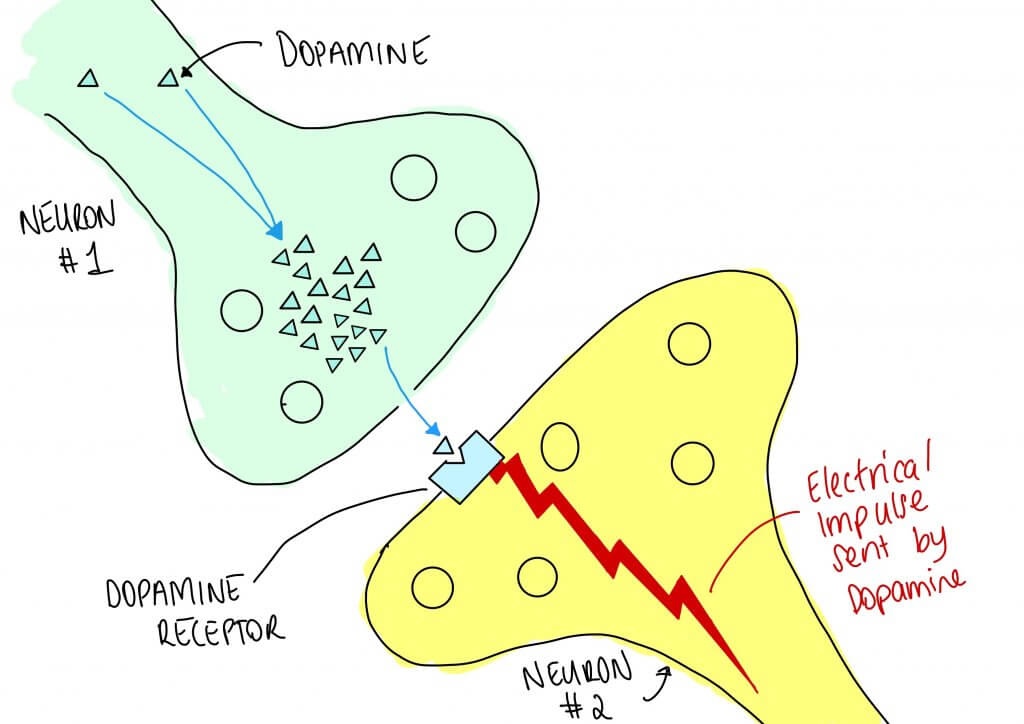What is Parkinson’s Disease?
Parkinsons is the second most common Neurodegenerative disease, second after Alzheimer. The neurological system includes the brain, spinal cord and all the nerves throughout our body. Parkinsons disease is the deterioration of the receptors that accept dopamine. Within our body, we have specific receptors for particular cells. Those receptors job is to sit and wait for the cell that innovates it to bind to it; when that happens, an event occurs. In Parkinson’s, those receptors begin to deteriorate, so even though dopamine is being released from that part of the brain, it is not being received by those receptors now.
Symptoms of Parkinson’s:
Resting tremor
Slowness of movements
Fatigue
Ridged muscles
Impaired posture and balance
Sleep disturbances
What is dopamine?
Dopamine is used to control movement and the smoothness of those movements. It also controls our feelings of motivation and our feelings of reward. So those feelings you get after doing something successfully are the dopamine coming in and filling your system with feel-good emotions.
Parkinsons and how it affects you?
Parkinsons affects each individual differently, so if you’ve seen one person with Parkinson’s, you have only seen that one person with Parkinson’s. The disease is very individualised; therefore, the treatment is individual to them. Another standout issue that comes with Parkinson’s is that because of these movement issues, they can become relatively sedentary, so they don’t get the same amount of stimulus through their day to day activities because of their problems with their movement. They have a higher risk of passing away from a cardiac event and developing other cardiac comorbidities.
Exercise and Parkinson’s
Exercise becomes essential to help reduce those risks of cardiac events and reduce some of those movement restrictions that come with Parkinson’s. Exercise doesn’t stop the progression of Parkinson’s, but it does help to elevate and lessen the severity of those symptoms to allow us to have a longer and better quality of life. There has been a vast amount of research on the different types of exercise that can help with Parkinson’s, and it isn’t a one size fits all. Dancing has been shown to improve your balance, coordination and your overall motor output. There has also been research in tychi, boxing, resistance training and aerobic training to try and decrease your risk of a cardiovascular event.

